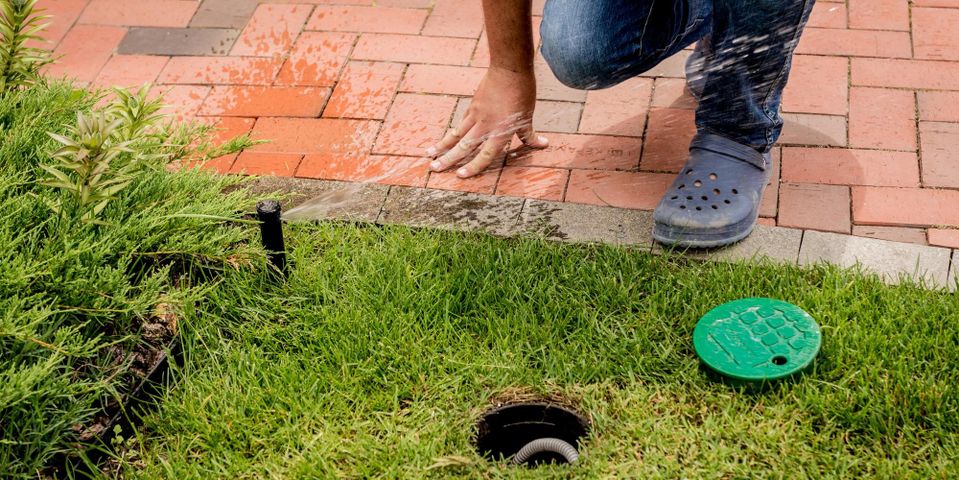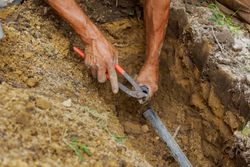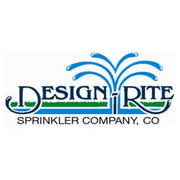A Basic Guide to Backflow Preventers

When designing irrigation systems for a home or a business, one of the most important concerns to address is backflow. Backflow occurs when water comes out of your sprinklers, faucets, hoses, and other outlets and then flows back into the main water line. When this happens, the water often carries contaminants with it, like fertilizer and pesticides, which can get into your drinking water. Here’s what you need to know to avoid this problem.
Why Does Backflow Happen?
Your water system works by pressure. The water main maintains a constant pressure level that’s higher than the air pressure outside of the system. When you open a valve or faucet, the higher pressure pushes the water out. However, it’s possible for this pressure system to reverse. If something decreases the pressure inside the pipes, for example, a leaking water main or an issue with the supply. Then, the pipes can draw air and water back in.
How Does a Backflow Preventer Work?
 Backflow preventers are designed to allow water to flow in only one direction. There is a gate or valve which opens only one way. When water is flowing normally, it pushes the gate open naturally and flows through. When the water starts to flow the other way, it pushes the gate closed. The greater the pressure difference is between the main pipe and the outside, the harder the gate will be forced against its frame, sealing it closed and preventing any leaks. Once normal pressure is restored, the gate opens again without needing any manual adjustments.
Backflow preventers are designed to allow water to flow in only one direction. There is a gate or valve which opens only one way. When water is flowing normally, it pushes the gate open naturally and flows through. When the water starts to flow the other way, it pushes the gate closed. The greater the pressure difference is between the main pipe and the outside, the harder the gate will be forced against its frame, sealing it closed and preventing any leaks. Once normal pressure is restored, the gate opens again without needing any manual adjustments.
If you need a backflow tester to help you assess your sprinkler system and install prevention equipment, call Design Rite Sprinkler Company in Milford, OH. Serving the Cincinnati, OH, and northern Kentucky areas for 24 years, this locally-owned and -operated company offers a full-service, hands-on approach to irrigation system design and installation. Call (513) 248-8999 or visit their website to get started.
About the Business
Have a question? Ask the experts!
Send your question

